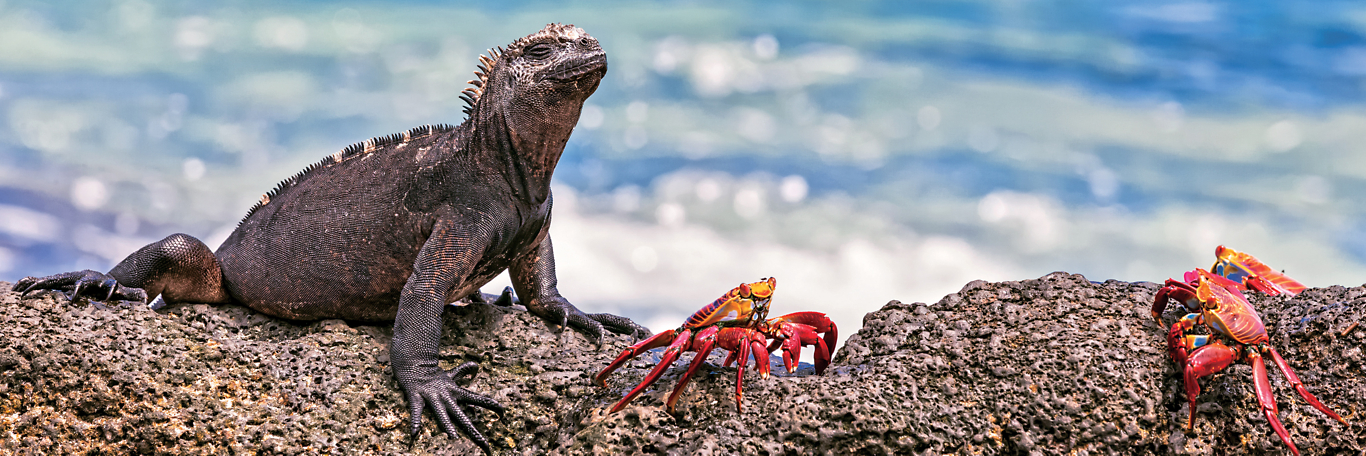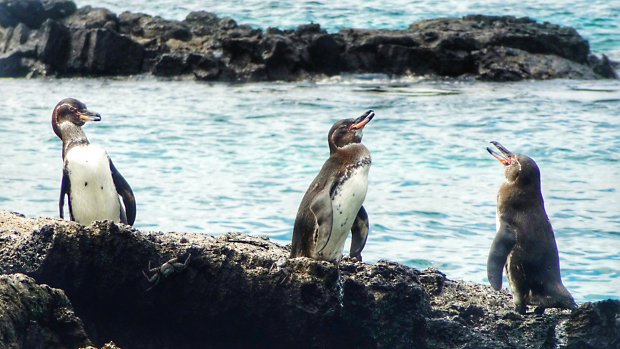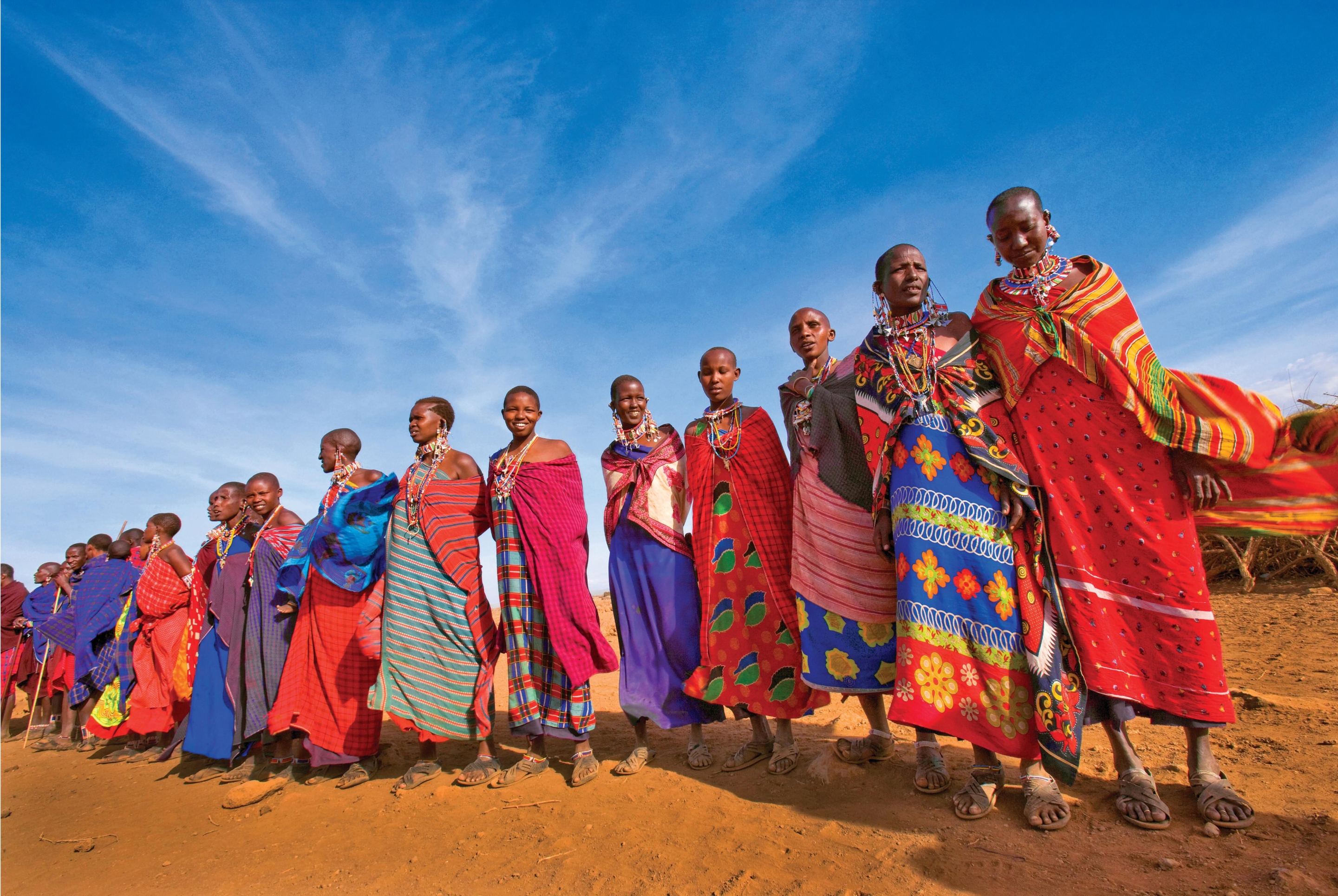You’re receiving this message because your web browser
is no longer supported
We recommend upgrading your browser—simply click the button below and follow the instructions that will appear. Updating will allow you to accept Terms and Conditions, make online payments, read our itineraries, and view Dates and Prices.
To get the best experience on our website, please consider using:
- Chrome
- Microsoft Edge
- Firefox
- Safari (for Mac or iPad Devices)

galápagos
Overseas Adventure Travel, the leader in personalized small group adventures, has been changing lives through travel since 1978. Our 2 Galápagos adventures will take your small group into the heart of a destination to venture where the big tour groups can’t. No matter which adventure you choose, O.A.T. always offers our travelers:
- Personalized travel experiences, with options to arrive early, add pre- or post-trip extensions, stopover in popular cities, and more.
- Small group of no more than 16 travelers, allowing us to take you off the beaten path and immerse you in local culture.
- Adventures tailored to the solo traveler, with FREE Single Supplements and 23,000 single spaces being offered in 2024.
- Expert Trip Experience Leaders, residents of the region you visit who will share their insights and bring your destination to life.
When you set out on an O.A.T. Galápagos adventure, there are endless travel experiences waiting for you. Our private, exclusively-chartered ship allows us to slip into secluded coves and land on pristine shores larger ships cannot. You'll discover a living laboratory of Darwin’s theory of evolution in these "Enchanted Isles," home to some of the most diverse plant and animal species on the planet. You can experience all of this and more when you journey to Galápagos with O.A.T.
Compare Our Adventures
Click 'Select to Compare' to see a side-by-side comparison of up to adventures below—including
activity level, pricing, traveler excellence rating, trip highlights, and more

Spend 7 days in Galápagos on
Ultimate Galápagos Exploration & Ecuador's Amazon Wilds
O.A.T. Adventure by Small Ship

Spend 4 days in Galápagos on
Machu Picchu & the Galápagos
O.A.T. Adventure by Small Ship
Compare Adventures
Add Adventure
including international airfare
per day
*You must reserve the main trip to participate on this extension.
**This information is not currently available for this trip. Please check back soon.
You may compare up to Adventures at a time.
Would you like to compare your current selected trips?
Yes, View Adventure ComparisonGalápagos: Month-By-Month
There are pros and cons to visiting a destination during any time of the year. Find out what you can expect during your ideal travel time, from weather and climate, to holidays, festivals, and more.
Galápagos in January-March
January
Underwater visibility is the best at the beginning of the year, and January is also the start of the wet season. However, rain is still relatively light and temperatures average in the low-to-mid 80s. You may see giant tortoises being born, marine iguanas mating, and stingrays.
February
Experiencing the Galápagos in February means peak snorkeling season, with warm, clear waters. Visitors with underwater cameras can capture green sea turtles, friendly sea lions, and Sally Lightfoot crabs.
March
The sun is at its most intense in March—which means both longer daylight hours and high heat. It’s birthing season for flamingos, and penguins can be seen waddling about the islands.
Galápagos in April-June
April
Wet season comes to a close in April, but the impact that has on the skies is usually minimal. It’s peak mating season for Darwin finches, so they can be seen perched in scalesia trees on most islands. The distinctive waved albatross and giant tortoises are also commonly seen during this time of year.
May
The month of May turns the Galápagos into an optimal site for bird-watching. An array of species including blue-footed boobies, brown pelicans, and Magnificent Frigate birds are in mating season, making sightings more common.
June
Dry season takes hold in June, with average rainfall totals of around a quarter of an inch. It’s another peak month for mating, as well as the ideal time to spot humpback whales and dolphins.
Galápagos in July-September
July
Blue-footed boobies begin nesting in July and the temperatures cool down to a daytime average in the mid-70s. The cooler weather (it’s now full-blown winter here) brings on the best viewing season for whale sharks.
August
The winds tend to be more pronounced in August, but in the Galápagos, that usually translates to pleasant breezes. Fur and California sea lions are breeding now, along with red-footed and masked boobies.
September
A cool mist known as garúa can occur during this month—but there’s still plenty of sun and wildlife viewing. It brings albatross-birthing season, and average water temperature is a perfect 72 degrees.
Galápagos in October-December
October
The seabirds are all hatching this season, and due to the nutrient-rich waters of the Humboldt Current, October is the best time to spot fish and colorful marine life.
November
November marks the end of whale shark season, but with every end, comes a beginning. In this case, it’s back to being sea turtle mating time, and most forms of land and sea birds, as well as dolphins and iguanas emerge from the scenery.
December
December is the optimal time to see a giant tortoise hatch into the world. The warm season is picking back up, skies are clear, and wildlife is waiting to be discovered in the Galápagos.
Average Monthly Temperatures
High Temp Low Temp
Galápagos Interactive Map
Click on map markers below to view information about top Galápagos experiences
Click here to zoom in and out of this map
*Destinations shown on this map are approximations of exact locations
Bartolomé Island

Bartolomé Island, a volcanic islet, is the youngest of the major Galápagos Islands and known for its unparalleled natural scenery. It’s uninhabited by humans and only half a square mile long, but within that space is no shortage of must-see landscapes.
The main attraction is the area around Pinnacle Rock. This distinctive landform protrudes from the ocean like a natural spire and boasts biodiverse marine life surrounding its base. People who snorkel here often encounter sea lions, myriad tropical fish, and even Galápagos penguins. The yellow-sand beaches are another common place for visitors to explore the gemstone waters and discover the creatures that call them home. While there’s no swimming allowed at the southernmost beach, visitors can still try to spot black-tipped and white-tipped sharks from the shore.
Explore Bartolomé Island with O.A.T. on:
Floreana

Floreana not only possesses the natural charms of its neighboring islands, but also has an intriguing human element to it. It was home to the very first Galápagos “settler” before Ecuadorian settlements had even been established. His name was Patrick Watkins and he was an Irish sailor who was marooned there in the early 1800s and survived off the land for two years before stealing a boat from explorers and sailing to mainland Ecuador. Floreana was also the site of the first “post office,” or rather, a wooden barrel that whalers could deposit and take mail from on their way out to sea or home.
Today, Floreana has a tiny population of 100 people who primarily make their wages as farmers. Due to the island’s flat surface, it has a naturally occurring pond that is fed by rainwater during the wet season. This is the island’s primary water source, which can present serious problems for the local residents during droughts. Few travelers ever see Floreana, as there’s only one ferry that passengers can board to get there, and it only runs bi-weekly.
Explore Floreana with O.A.T. on:
Isabela Island

Isabela Island, named for Queen Isabela of Spain, is the largest island in the Galápagos at 1,771 square miles, but home to only about 1,700 people. The island is estimated to be about one million years old and houses five active volcanoes. The last eruption occurred in 2015 from Wolf Volcano, the tallest mountain peak in the Galápagos Islands. Fortunately, the volcano sits in a remote area and didn’t affect the people living on the island.
Isabela Island is home to Galápagos penguins, giant tortoises, flightless cormorants, and marine iguanas. Pudgy pink land iguanas also inhabit the northern region of the island, although they are critically endangered and were only discovered in the mid-1980s. They sport black stripes and can grow as long as three feet, weighing as much as 30 pounds.
Explore Isabela Island with O.A.T. on:
San Cristóbal Island

After Santa Cruz, San Cristóbal Island is the second-most populated island in the Galápagos, home to about 6,000 people. It’s farthest to the east and is perhaps the best place in the archipelago to spot different species of wildlife. Charles Darwin immediately noticed this when he came via the S.S. Beagle in 1835 and studied this region, leading to his publication of On the Origin of Species. This text largely shaped how we understand the natural world.
San Cristóbal is something of a bird-watcher’s paradise. Blue-footed, red-footed, and Nazca boobies are all native to the island, while quite rare in other parts of South America. Two species of frigatebirds also inhabit the island, the males identifiable by their bright-red gular pouch which they inflate to attract females during mating season. Mockingbirds, flamingoes, finches, doves, pelicans, and yellow warblers are only a handful of the other bird species that can be found here. There are also two giant tortoise reserves on the island, one of which is completely natural and one of which is semi-natural and used to promote mating. The latter, or the Cerro Colorado Tortoise Reserve, offers visitors information about their origin, habitat, and behaviors.
Explore San Cristóbal Island with O.A.T. on:
Santa Cruz

The Galápagos is well-known for its unique and varied wildlife, however, what some may not realize is that the island of Santa Cruz is home to 12,000 human inhabitants as well. People reside in small, slow-paced villages where they work primarily as cattle ranchers and farmers. A major shift towards agriculture occurred in the late 1930s when Edwin Stanton, an American mogul, bought 90% of the island and utilized it for his 54,000-acre ranch. When he died the land was passed to the Nature Conservancy, which ended the mass-ranching era, but the farming traditions still remain.
In 1980, a sizeable portion of Santa Cruz was designated as part of the Galápagos National Park. The headquarters are now located here as well as the Charles Darwin Research Station, and the National Park Service continuously works in conjunction with the Nature Conservancy and other organizations to preserve Santa Cruz’s natural beauty and resources.
All of this sits upon a dormant volcano, which is believed to have erupted for the last time half a million years ago. Now, however, the island boasts diverse and stunning flora and fauna as well as unique landscapes formed by the ancient magma. A large giant tortoise population resides here and in 2015, a brand new species was discovered, classified by its shell shape. Santa Cruz tortoises can be found living in groups of 250 to 3,000.
Santa Cruz is also home to a breadth of other species. Almost every type of bird native to the Galápagos also puts down roots here, from finches to owls. To spot marine life, travelers head to black turtle cove, where sea turtles, rays, and some smaller species of shark weave in and out of mangroves.
Explore Santa Cruz with O.A.T. on:
Santiago Island

Situated dead center in the Galápagos archipelago, Santiago Island offers a diverse array of wildlife as well as rare, relatively recent lava formations. Sullivan Bay is the site of lava fields that were formed during the 19th century and visitors have the opportunity to walk across the cooled magma and observe the different colors of the stone and the small Molluga plants that poke through the fractures.
Santiago is the most volcanically active island in the Galápagos. Visitors can walk trails along the south, east, and west coasts of the island to see a wealth of young flows and cones. Thanks to the preservation of natural habitats here, visitors are likely to encounter species of wildlife including but not limited to lava lizards, sea turtles, fur seals, blue herons, and marine iguanas. High tide brings in a stunning display of ocean fauna, making this one of the best islands to swim and snorkel off of.
Explore Santiago Island with O.A.T. on:
Traveler Photos & Videos
View photos and videos submitted by fellow travelers from our Galápagos adventures. Share your own travel photos »
